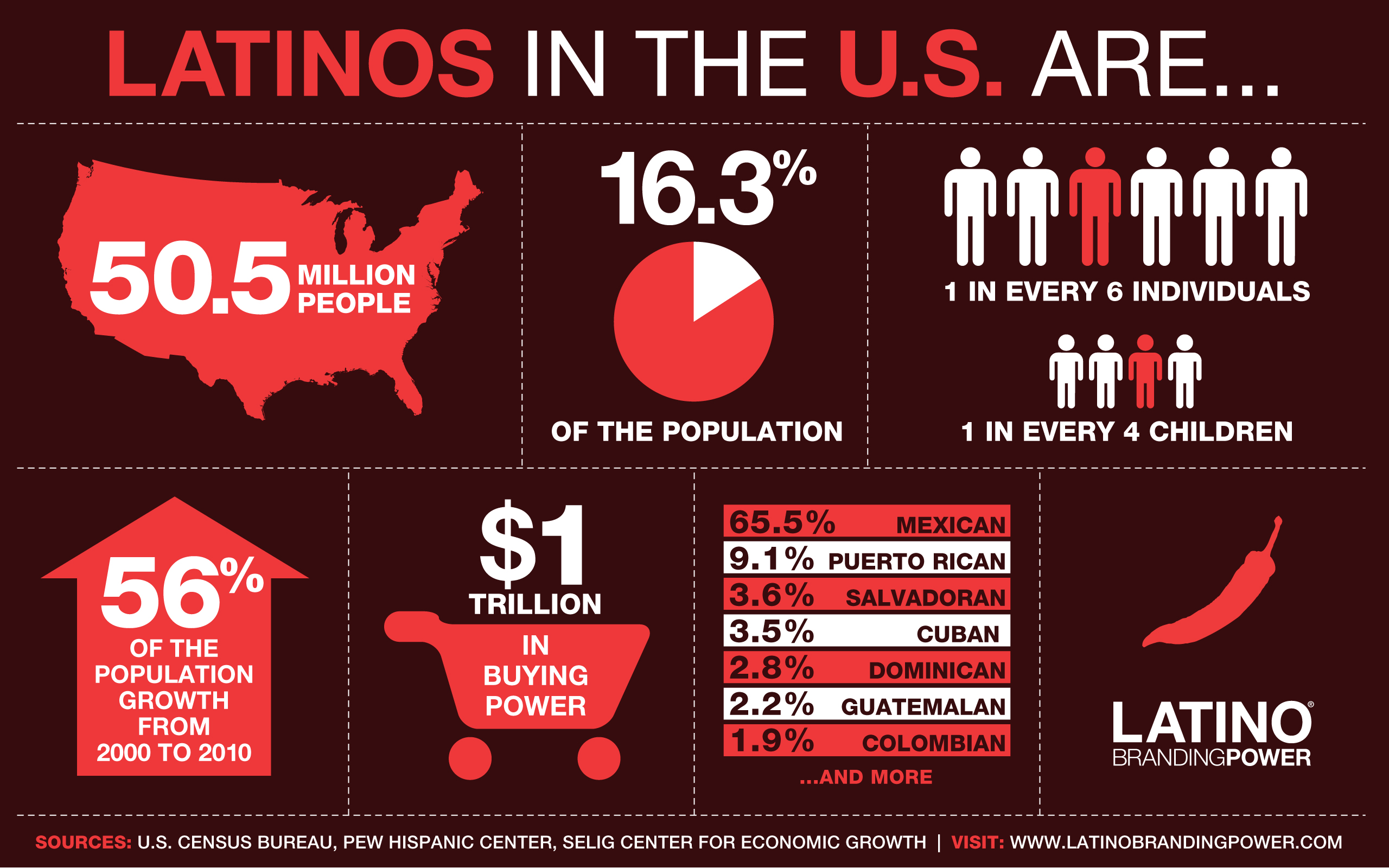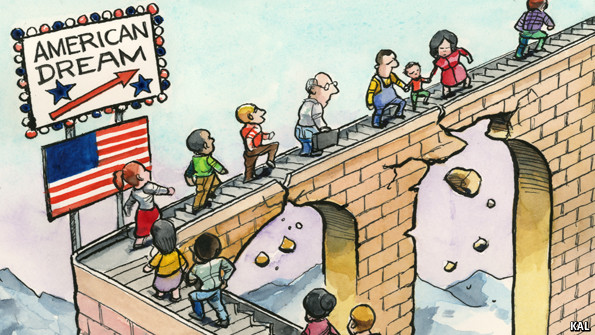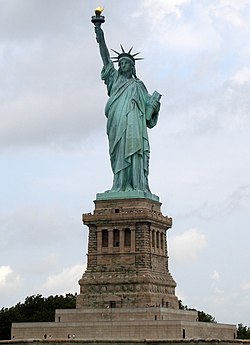The story begins in 1850, when John Gray and his family arrived to Edinburgh. John was a gardener, but he could not get a job, so he joined to the Edinburgh Police Force as a night watchman with his dog called Bobby, in this way he was never alone. With the passing of the time, John and Bobby became in a popular team of working. Through thick and thin, they always were together everywhere. They were the best friends of the world.
But one day John got ill of tuberculosis, a disease that can be cured, but he couldn't endure, causing his death on the 15th February 1858. Bobby didn't understand the situation, so when the people carried the coffin to the "Greyfriars Cemetery", the dog accompanied its owner, as it always did, and also listened all the ceremony until the burial. Bobby decided continue faithfull to its master, and remained in his grave despite to the inclemency the weather. Nobody could get it out of the cemetery.
Bobby’s fame spread throughout Edinburgh. The people would gather waiting for the one o'clock gun that would signal the appearance of Bobby leaving the grave for its midday meal, where its owner taught it. In 1867 Sir William Chambers (The Lord Provost of Edinburgh) decided to pay Bobby's licence (to save it from the dog pound) and presented him with a collar with a brass inscription "Greyfriars Bobby from the Lord Provost 1867 licensed".
After fourteen years (in 1872) Bobby died in the tomb of its friend John.



















